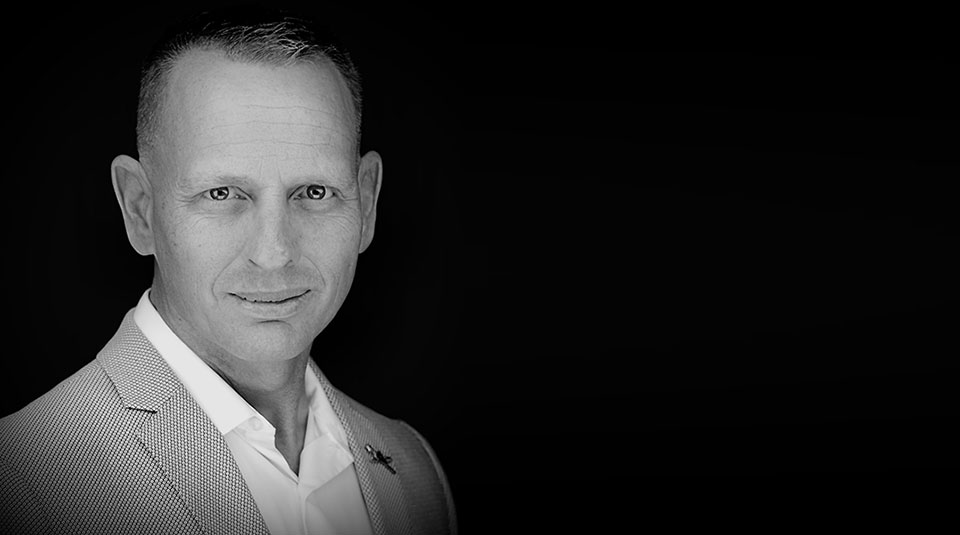Retaining your Workforce During Difficult Times

Small and large businesses find themselves knee-deep in a severe pandemic. Sure, COVID-19 has created chaos across industries, but I’m referring to the great resignation. AKA “The Big Quit.” You know, the one where your most dependable and productive employees just pick up and leave. That one.
According to a 2021 survey, 48% of employees have thoughts about changing careers in the last year. Factor the cost of attrition per person, plus the various constraints intrinsic to short staffing, and you get a legitimate financial strain. Simple cost mitigation strategies will not be enough to control the damage; your organization will need a strategic methodology at increasing employee longevity.
So, where should you start? It starts at the top. If your leadership cannot recite the company’s attrition rate as quickly as they can rattle off the profit margin, chances are, your organization is plagued by resignation. Diagnosing any issue starts at the apex. If attrition is essential to the boss, it is crucial to leaders.
The problem is that many executives focus on the numbers, and the human factor gets pushed to the wayside. This oversight disregards the human element and makes people feel that their hard work does not matter. It’s straightforward; people matter. Think about it; people drive all business metrics. Therefore, people strategy is business strategy!
Empowerment campaigns and strategies take time. If your organization is among the 78% of other businesses suffering from staff shortages, time is a resource you cannot waste. Lucky for you, there are two things a leader can learn that will swiftly impact retention:
- It starts with yourself. Remember this, and your employee relations will immediately strengthen. Let’s face it, the days of one-size-fits-all leadership models are ancient history. Genuine leadership begins with self-awareness and managing how you interface with your employees. This principle makes sense because every employee is remarkably different and requires a different communication approach. One best practice is to take a personality test to help tailor your communication style. These examinations provide critical insight into your behavior by pinpointing your strengths and weaknesses. Once you know your weaknesses, you can take action to rectify them. Within no time, your people will notice the difference, and lines of communication will open, making them feel empowered to escalate their ideas.
- It moves to others. Start by systematically looking at your organization’s methods that set your employees up for success. In other words, review the human capital systems operating at the heart of your human resources functional areas. Ask your human resources department the hard questions. Do we have a people analytics platform? Are we onboarding people that are aligned with the role? What do our career maps look like, and how is our talent development program structured? Is our leadership development program effective? Lastly, what feedback mechanisms do we have in place: exit interviews, engagement surveys, and anonymous reports? It’s eye-opening how many systems are not in place at your organization after following up on questions like these. The best way to rectify discrepancies in the human capital department is to conduct an end-to-end audit and build corrective action plans aimed directly at resolution.
There’s a setback when implementing new initiatives to keep in mind. If your human resources department is like the majority, they are swamped. Most of the time, they are heads down working on the technical and tactical of HR. Making people a priority will assist your HR department with looking up and strategically out towards what matters—your employees. Once your employees, enterprise-wide, witness the positive changes in the organization’s systems, they will be more engaged, trusting, and satisfied with their place of employment. Chances are, they will be happy to stay during difficult times!
Written by Ernest R. Twigg.
Have you read?
# Best Citizenship and Residency by Investment Programs.
# Richest People in New York and Their Net Worth, 2022.
# The World’s Top 10 CEOs Over 70 Years Old.
# These are the world’s most and least powerful passports, 2022.
Add CEOWORLD magazine to your Google News feed.
Follow CEOWORLD magazine headlines on: Google News, LinkedIn, Twitter, and Facebook.
This report/news/ranking/statistics has been prepared only for general guidance on matters of interest and does not constitute professional advice. You should not act upon the information contained in this publication without obtaining specific professional advice. No representation or warranty (express or implied) is given as to the accuracy or completeness of the information contained in this publication, and, to the extent permitted by law, CEOWORLD magazine does not accept or assume any liability, responsibility or duty of care for any consequences of you or anyone else acting, or refraining to act, in reliance on the information contained in this publication or for any decision based on it.
Copyright 2024 The CEOWORLD magazine. All rights reserved. This material (and any extract from it) must not be copied, redistributed or placed on any website, without CEOWORLD magazine' prior written consent. For media queries, please contact: info@ceoworld.biz
SUBSCRIBE NEWSLETTER








